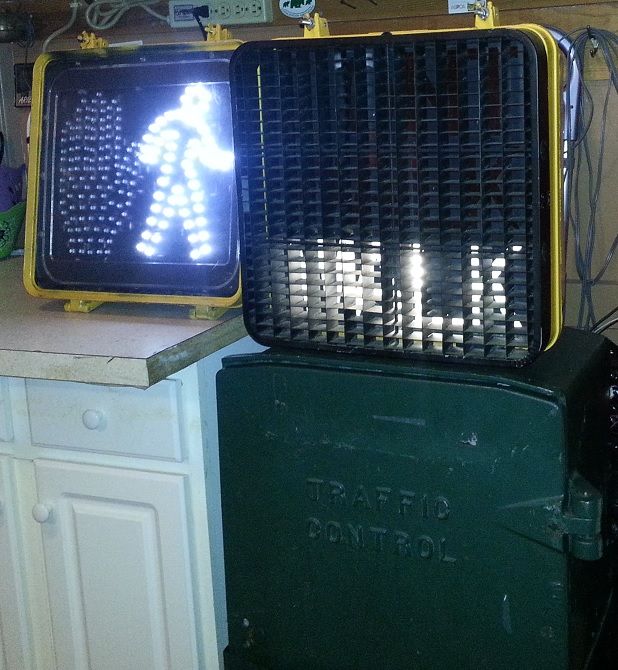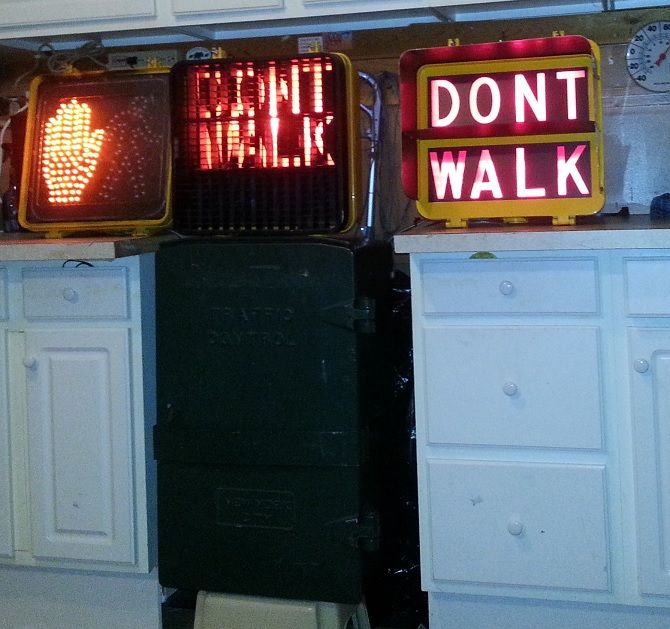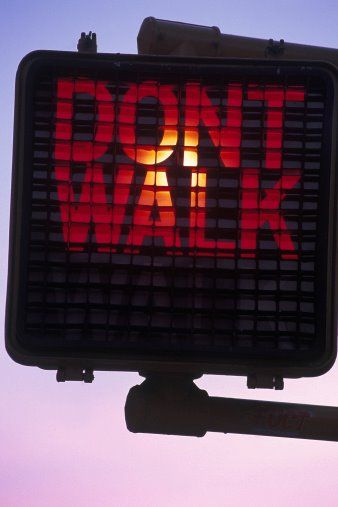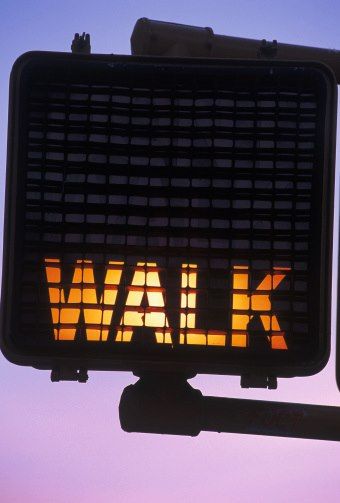My most recent acquisition is this lovely 16" Winko-Matic VI 2L AG pedestrian signal (see pictures below). Of course, it saw service somewhere in the city of New York (unknown as far as what borough in particular), and the year of manufacture is 1989. It is rather interesting to me that Winko-Matic continued to manufacture this model, not to mention that N.Y.C.D.O.T. continued to install it at the time. Why I find this interesting is that, in general, many replaced the original LPS-20 pedestrian signals from Marbelite (including some others) throughout the five boroughs in the early 1980s, and my original assumption was that this was slightly older. In any case, this quite a find for me without no doubt.
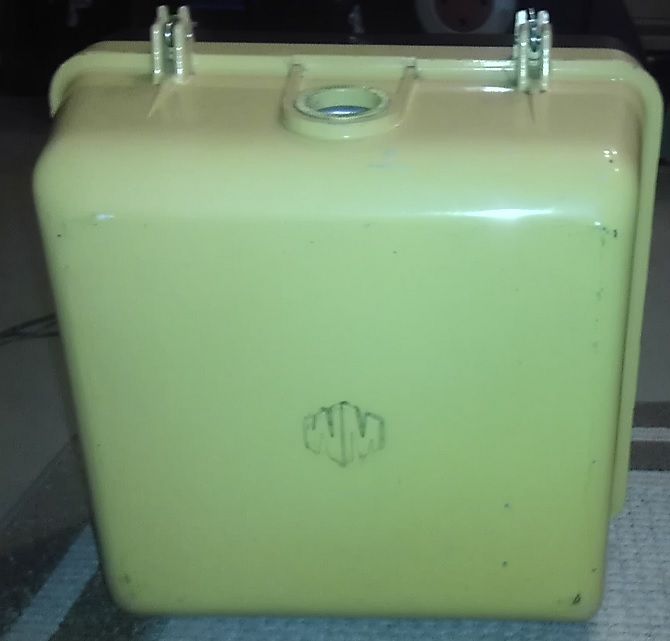
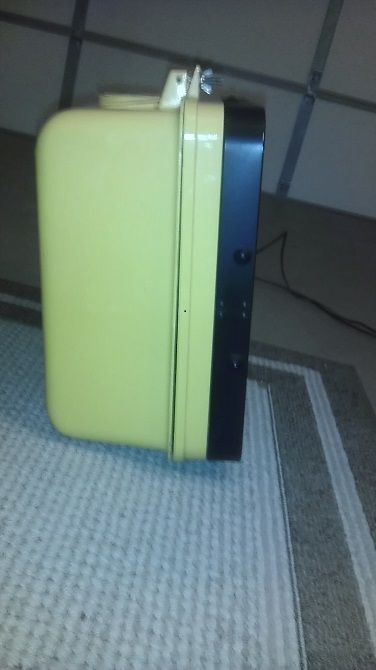

For its age, the pedestrian signal is amazingly great shape (even though considered as "off-the-street" condition), and I realized its original color is practically the same color as my N.Y.C. Marbelite LPS-20 is (when placed next to it). Naturally, I inspected the inside, and the reflector assembly and lenses are in good shape as well. Everything was surprisingly easy to remove. No wear and tear, too. My curiosity led me to view the inside of the actual housing itself, and it was quite dirty (along with a nest inside of it). Though after a good cleaning, I noticed the common characteristics, in which make this an authentic New York City signal, such as the use of a marathon terminal block, for example, in which is still in use today from what I understand.
Like my New York City LPS-20 from Marbelite, there is a decal within the housing that has a statement, in which reads "PROPERTY OF THE CITY OF NEW YORK," a year of manufacture (1989 as I mentioned), name of company, and some serial numbers. Below, is a picture of what this decal looks like within the actual housing itself.
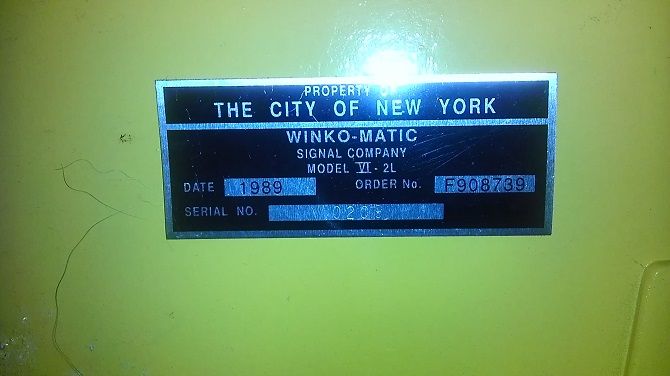
Here's a picture of the marathon terminal block.
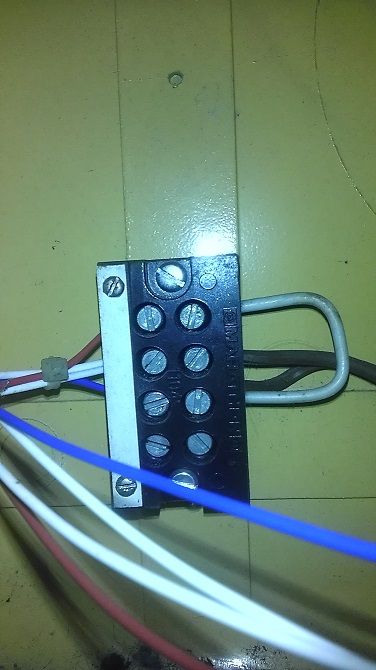
And here's another decal I found that is on the lenses. Similar to the other decal (as far as what is printed on it).
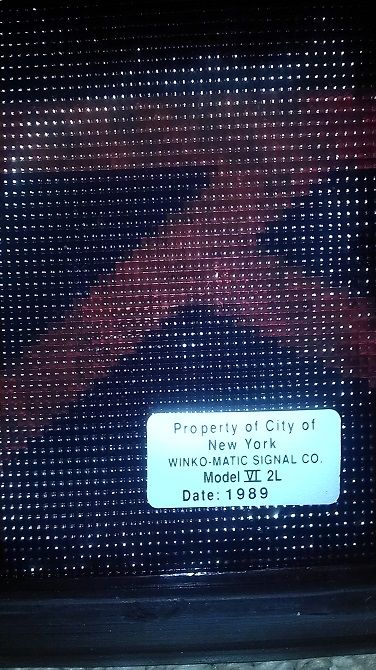
Its history is mainly unknown at this time; however, what I do know is that the gentleman that I purchased this from bought it at a garage sale 15 years ago. With this said, I would like to imagine that this pedestrian signal was in useful service somewhere in New York City for a short period of time, and, due to whatever reason, it was most likely removed from service prior to the conversion of the hand and man, in which first began in 2000. This short period of time in service (as I guess) might explain why the pedestrian signal is in very good shape.
In any case, I am very happy to own this great piece of N.Y.C. traffic control memorabilia, and I will soon wire it to my G.T.E. e/m signal controller. It will then operate with the other N.Y.C. pedestrian signals I own. More pictures to come later.


 Does it have a Winko tag on the outside also?
Does it have a Winko tag on the outside also?